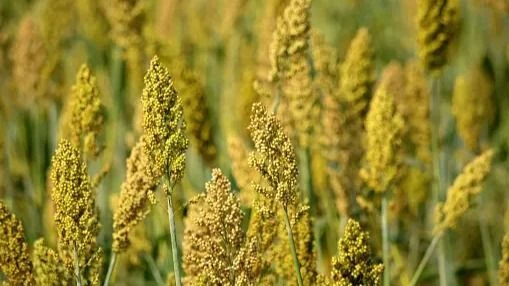As Shardiya Navratri approaches, devotees eagerly prepare to honor Goddess Durga through nine days of fasting and devotion. One common challenge during this festive period is determining what to eat.
This year, consider incorporating healthy millets into your vrat menu for a delicious and nutritious experience. Here are some gluten-free millets that are perfect for your Navratri celebrations.
Amaranth
Known as rajgira, amaranth is a highly nutritious millet packed with protein, fiber, and essential minerals like iron and magnesium. Its gluten-free nature and easy digestibility make it an excellent choice for fasting. Amaranth can be transformed into a variety of dishes, including puris, tikkis, rotis, porridge, and even ladoos, offering both sweet and savoury options.
Quinoa
Quinoa is another exceptional grain that boasts complete protein, containing all nine essential amino acids. High in fiber and various vitamins, quinoa is versatile and can be used in salads, as a side dish, or even in a flavorful pulao during Navratri.
Buckwheat
Often referred to as “Kuttu ka Atta,” buckwheat is a staple during many Hindu fasts. This naturally gluten-free grain is rich in antioxidants, fiber, and protein. Buckwheat can be made into delicious rotis, chilies, halwa, or khichdi, and its low glycemic index helps maintain steady energy levels throughout the day.
Little millet
Known as wari, little millet is nutrient-dense and has a low glycemic index. It is high in fiber and minerals, promoting digestive health. Little millet can be prepared as porridge, in khichdi, or used as a rice substitute in various dishes.
Embrace these millets this Navratri for a healthy balance of taste and nutrition, enhancing your festive experience while honoring tradition.


